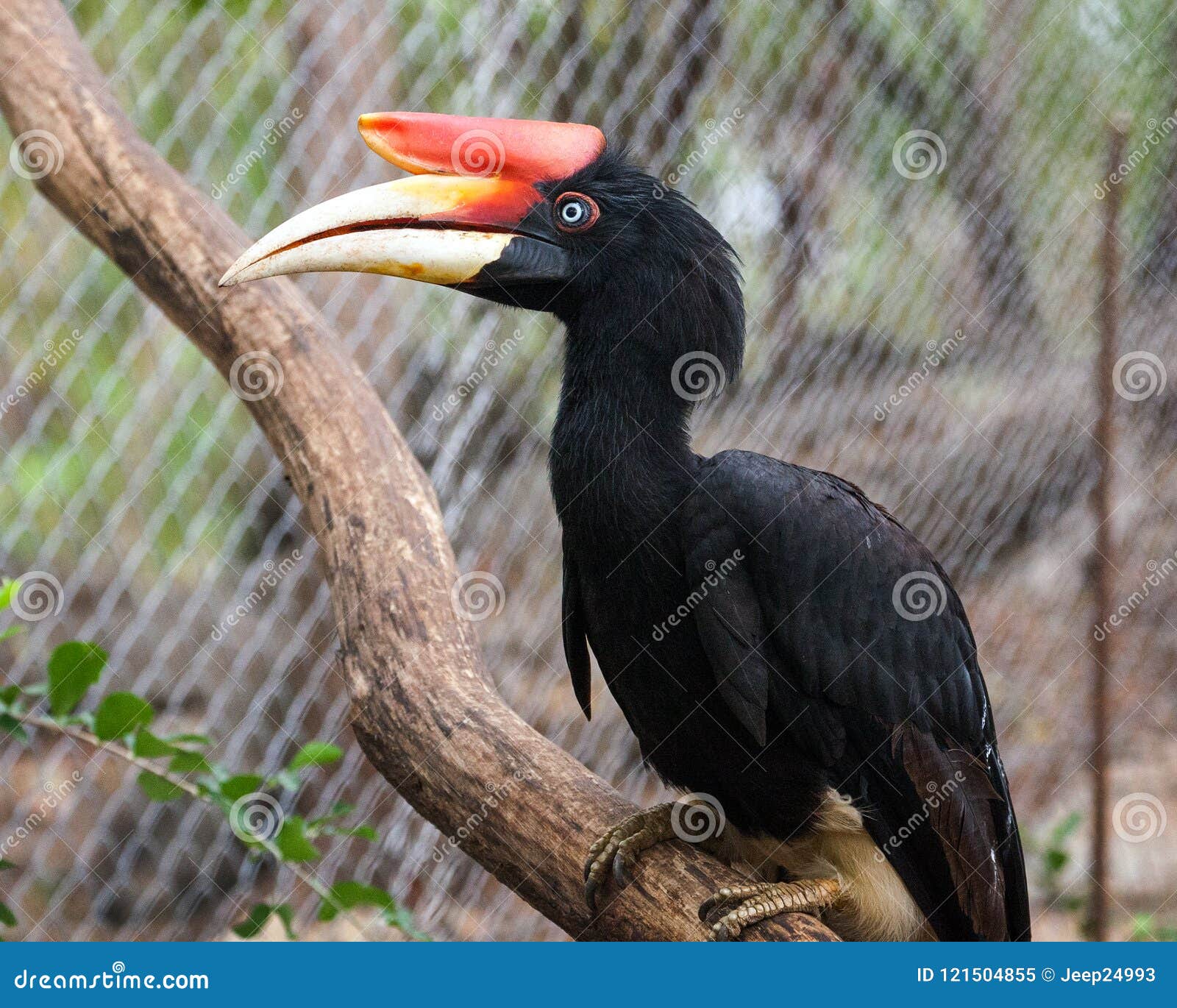

In the Neogene (at least in the late Miocene), hornbills inhabited North Africa and South Europe. Kalimantan has the same hornbill species as Sumatra, except that the great hornbill is not found there. The most common widespread species in the Indian subcontinent is the Indian grey hornbill.Īccording to the International Union for Conservation of Nature (IUCN), Indonesia has 13 hornbill species: 9 of them exist in Sumatra, and the rest exist in Sumba, Sulawesi, Papua and Kalimantan. The Indian subcontinent has 10 species of hornbills, of which 9 are found in India and adjoining countries, while the Sri Lanka grey hornbill is restricted to the island. This contrasts with Asia, where a single species occurs in open savanna and the remainder are forest species. Of the 24 species found in Africa, 13 are birds of the more open woodlands and savanna, and some occur even in highly arid environments the remaining species are found in dense forests. Most are arboreal birds, but the large ground hornbills ( Bucorvus), as their name implies, are terrestrial birds of open savanna. Their distribution includes Sub-Saharan Africa and the Indian subcontinent to the Philippines and the Solomon Islands, but no genus is found in both Africa and Asia. The Bucerotidae include about 55 living species, though a number of cryptic species may yet be split, as has been suggested for the red-billed hornbill. Īs its name suggests, the Sri Lanka grey hornbill is grey and endemic to Sri Lanka. Aerial casque-butting has also been reported in the great hornbill. In the helmeted hornbill the casque is not hollow but is filled with hornbill ivory and is used as a battering ram in dramatic aerial jousts. In other species it is quite large, is reinforced with bone, and has openings between the hollow centre, allowing it to serve as a resonator for calls. In some species it is barely perceptible and appears to serve no function beyond reinforcing the bill. A feature unique to the hornbills is the casque, a hollow structure that runs along the upper mandible. The large bill assists in fighting, preening, constructing the nest, and catching prey.

The most distinctive feature of the hornbills is the heavy bill, supported by powerful neck muscles as well as by the fused vertebrae. For example, the difference in body mass between males and females is 1–17%, but the variation is 8–30% for bill length and 1–21% in wing length. The extent of sexual dimorphism also varies with body parts. Males are always bigger than the females, though the extent to which this is true varies according to species. Other species rival the southern ground species in length, at up to about 130 cm (4 ft 3 in), including the Abyssinian ground hornbill ( Bucorvus abyssinicus), the great hornbill ( Buceros bicornis) and, probably the longest of all (perhaps exceeding 150 cm (4 ft 11 in)) thanks in part to its extended tail feathers, the helmeted hornbill ( Rhinoplax vigil). The largest and most massive species appears to be the southern ground hornbill which has an average weight of 3.77 kg (8.3 lb), and can weigh up to 6.3 kg (14 lb) and span about 180 cm (5 ft 11 in) across the wings. The smallest species is the black dwarf hornbill ( Tockus hartlaubi), at 99.1 g (3.50 oz) and 32 cm (1 ft 1 in) in length. Hornbills show considerable variation in size.
#Rhinoceros hornbill egg skin
The brightest colours on most hornbills, like this pair of knobbed hornbills, are found on the beaks and bare skin of the face and throat. Despite their close appearances, the two groups are not related, with toucans being allied with the woodpeckers, honeyguides and several families of barbet, while hornbills (and their close relatives the ground hornbills) are allied with the hoopoes and wood-hoopoes. In the Neotropical realm, toucans occupy the hornbills' ecological niche, an example of convergent evolution. A number of mainly insular species of hornbill with small ranges are threatened with extinction, namely in Southeast Asia. They are monogamous breeders nesting in natural cavities in trees and sometimes cliffs. The family is omnivorous, feeding on fruit and small animals. They are the only birds in which the first and second neck vertebrae (the atlas and axis respectively) are fused together this probably provides a more stable platform for carrying the bill. Both the common English and the scientific name of the family refer to the shape of the bill, "buceros" being "cow horn" in Greek. They are characterized by a long, down-curved bill which is frequently brightly coloured and sometimes has a casque on the upper mandible. Hornbills ( Bucerotidae) are a family of bird found in tropical and subtropical Africa, Asia and Melanesia. Buceros bicornis from Mangaon, Raigad, Maharashtra, India


 0 kommentar(er)
0 kommentar(er)
